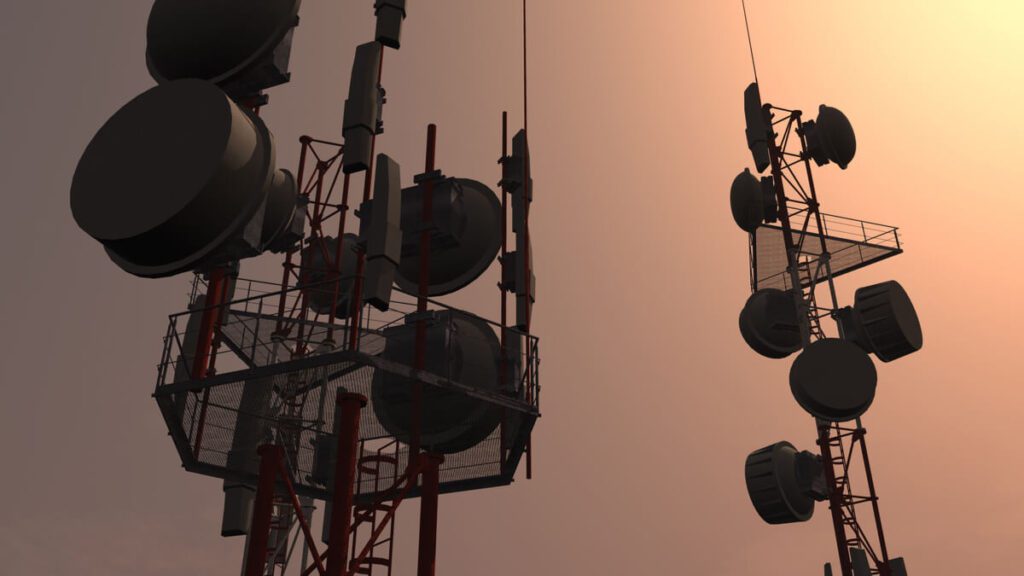Germany boosts its network with 5G antennas

The fifth generation of mobile networks has been the talk of the town for a couple of years now with companies and countries rolling it out for experimental reasons at first then for commercial purposes.
Year after year, countries followed the pattern by constructing antennas to spread this network; reaching to Germany whose operator Deutsche Telekom said, “Its technical teams have already upgraded a total of 45,000 antennas for 5G services during 2020.”
5G antennas in 2020
2020 is the year with the most 5G antenna activation in Germany, as Vodafone CEO Hannes Ametsreiter said, “We launched the first 5G network in Germany in 2019 and we have now achieved our first 5G target earlier than planned.”
As of this year, the German telco said it had deployed approximately 3,000 5G antennas across Germany. “We are continuing to build directly and will increase our 5G target for 2020. Our technicians will activate thousands more 5G antennas in the coming weeks. We will reach more than 15 million people with 5G by the end of the year, and even 30 million by the end of 2021,” the telco added.
In addition, 55 million people in Germany are using 5G services and data plans, according to Deutsche Telekom. “People in over 4,700 cities and towns are benefiting from it. Most 5G antennas transmit on the 2.1 GHz frequency in major cities as well as in smaller communities and rural areas, all over Germany.”
To draw a picture of the gradual transformation of the first most powerful economic country in Europe into a 5G-enabled one, local operators’ 5G network infrastructure is expected to reach 10 million users by the end of 2020, and 20 million by the end of 2021.
In addition, 5G is now available in 26 cities on the 3.6 GHz frequency following the deployment of nearly 1,000 antennas in Aachen, Augsburg, Berlin, Bonn, Braunschweig, Bremen, and many other cities.
5G has been also provided for customers in places like the Allianz Arena in Munich and Frankfurt Airport.
Benefits and 2021 plans for expansion
As for 2021, the roll out of the technology will continue by major telco operators aiming to provide around 80 percent of people in Germany by the end of next year.
How will this process move forward? By upgrading old 3G sites with modern and faster 5G antennas and sites and all the universal Mobile Telecommunications System (UMTS) sites in Germany which transmits the third-generation technology will be upgraded with 5G by mid-2021, while LTE will be used in the few places where the anchor frequencies do not permit this, the telco said. Enhanced mobile broadband is one of the main benefits that this network offers users, including improving users experience, high device connectivity, high mobile data rates, mobile virtual and augmented reality applications. Also, some of the benefits consist of enhancing industry 4.0 applications that include smart grids, internet of things (IoT) and artificial intelligence (AI).
